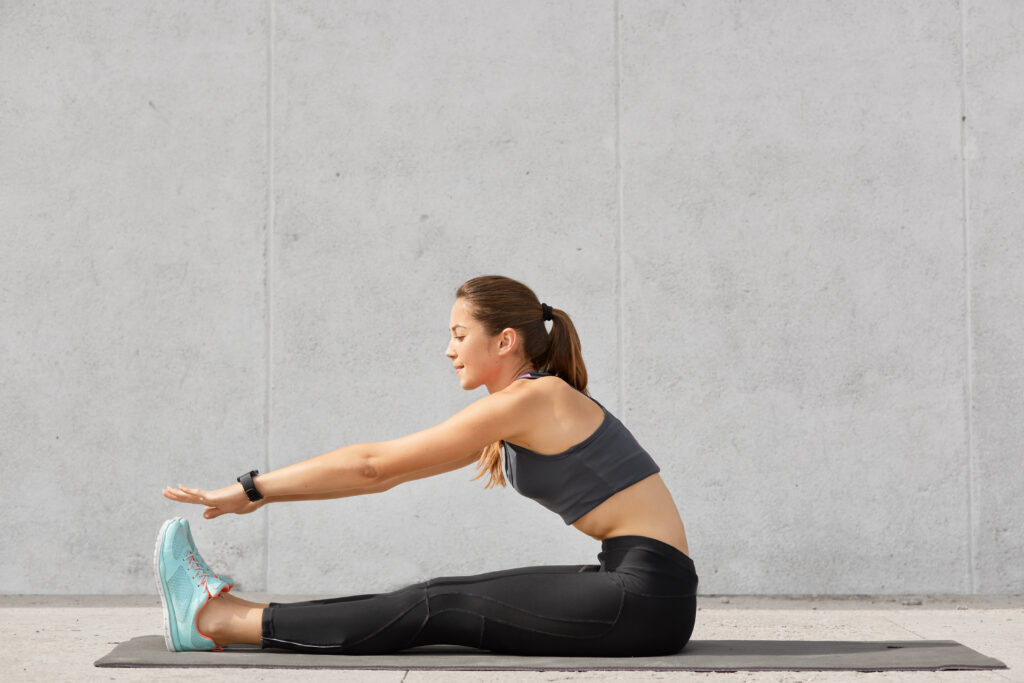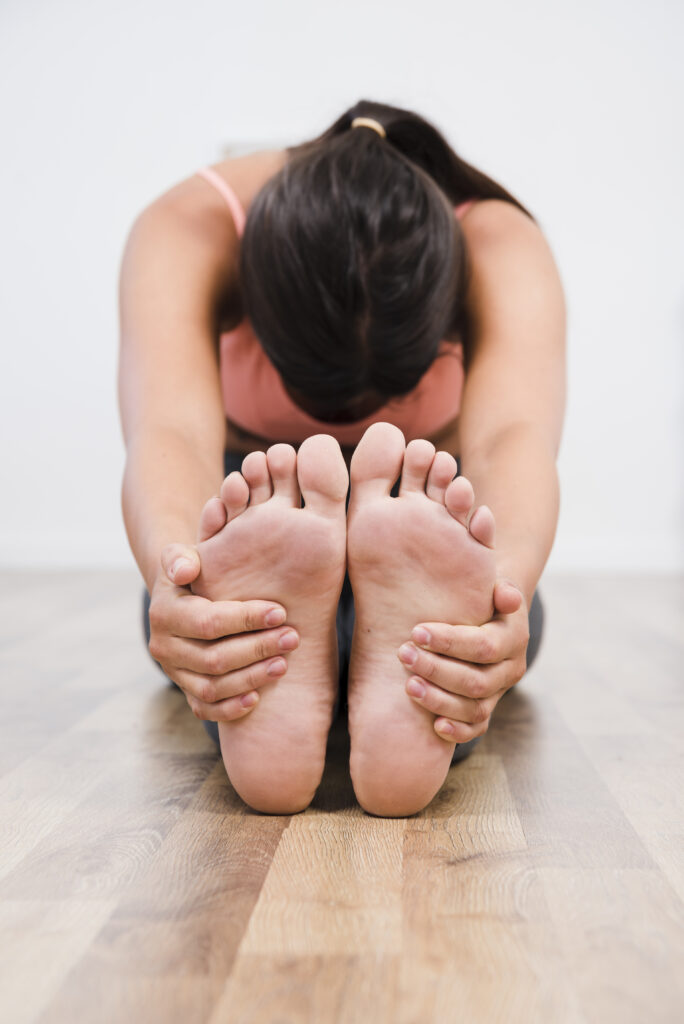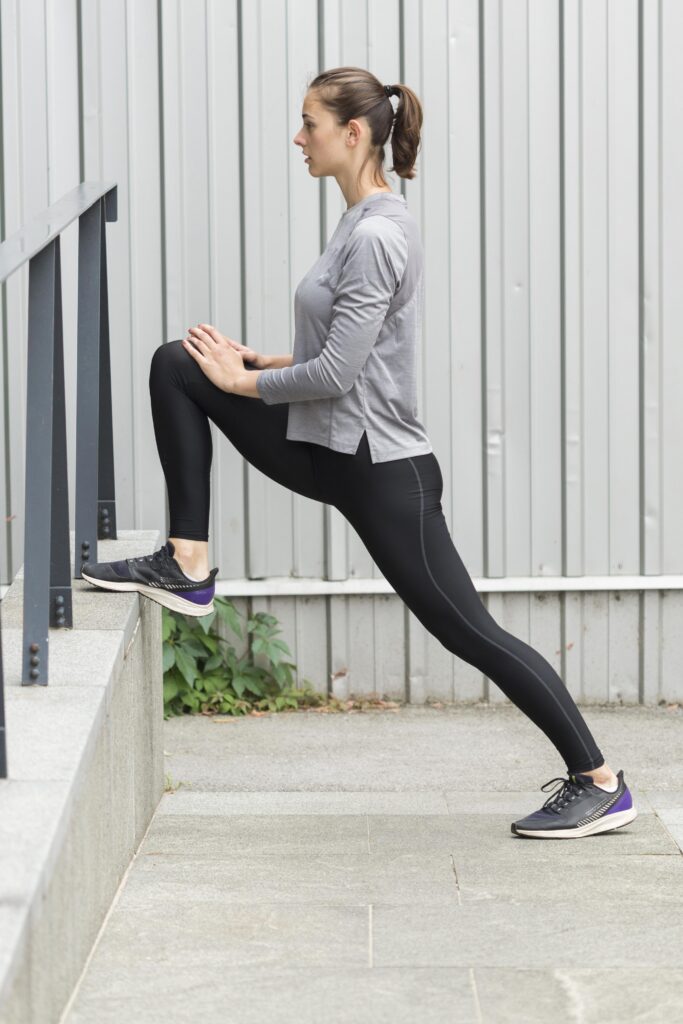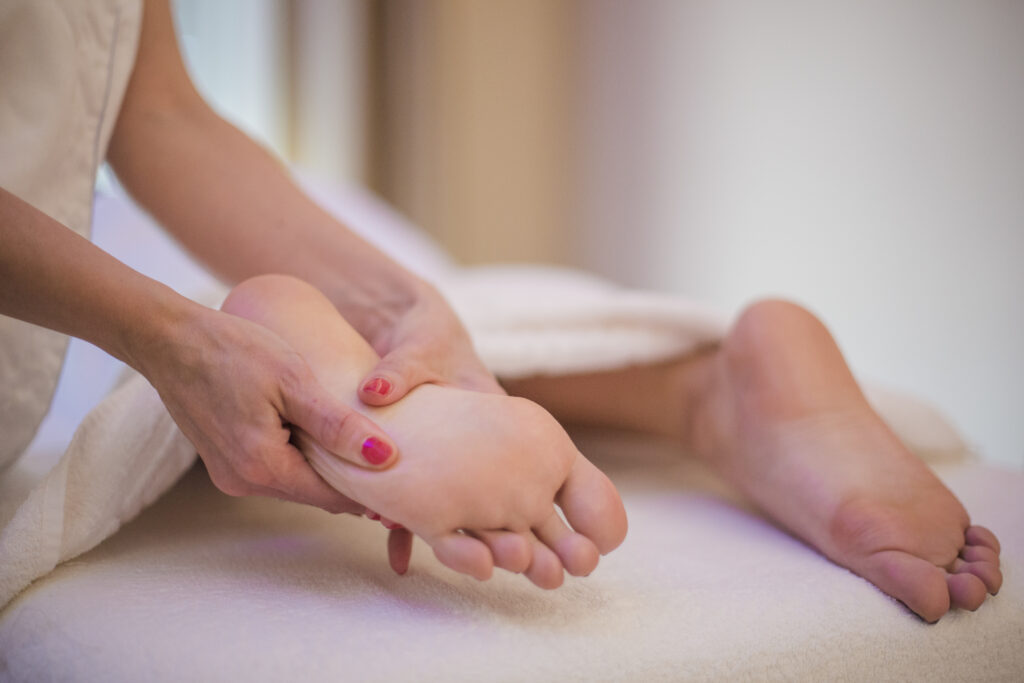With foot pain, many individuals experience a lowered quality of their lives and many everyday activities may be hindered. Learning the best ways of treating foot pain is very important because a painful foot will limit one’s movement. In this blog, I will discuss ten effective home remedies that should be easy for anyone, even kids, to understand about foot pain.
Before we dive deeper into foot pain relief techniques, it’s essential to understand why our feet hurt. Foot pain can result from various factors, including:
- Injury: Sprains, fractures, or strains can cause immediate pain.
- Overuse: Spending long hours on your feet or engaging in high-impact sports can lead to fatigue and soreness.
- Foot Structure: Conditions like flat feet, high arches, or bunions can contribute to discomfort.
- Medical Conditions: Arthritis, diabetes, and nerve issues can also cause persistent foot pain.
Recognizing the cause of your foot pain can help you choose the most effective foot pain relief techniques.
guidance. By being proactive about your foot health, you can keep moving and enjoy the activities you love!
Table of Contents
1. Stretching Exercises

Stretching is one of the most efficient ways to treat the foot pain. There are some things that one can do to try and ease the foot tension and also increase flexibility for some exercise routines.


- Toe Stretch: Sit down, cross one leg over the other, and gently pull on your toes to stretch them.
- Calf Stretch: Stand facing a wall, place your hands on it, and step back with one leg to stretch the calf.
These stretches can be done daily and are easy enough for children to perform.
2. Ice Therapy
Applying ice is on simple yet effective foot pain management strategy. Using ice lowers inflammation levels and tends to deaden pain at least temporarily.
- How to Use: Wrap ice in a cloth and apply it to the painful area for 15-20 minutes.
- Frequency: Do this several times a day, especially after activity.
This technique is simple and safe for all ages.
3. Foot Soaks
Soaking your feet can provide immediate relief. Warm water helps relax muscles, while Epsom salts can reduce swelling.
- Recipe: Fill a basin with warm water and add half a cup of Epsom salt.
- Duration: Soak your feet for 15-30 minutes.
This technique is enjoyable and beneficial for everyone.
4. Proper Footwear
Wearing the right shoes is one of the most crucial foot pain relief techniques. Shoes should offer support, cushioning, and fit well.
- Choose Wisely: Look for shoes with arch support and a comfortable fit.
- Avoid: High heels and overly tight shoes that can exacerbate foot pain.
Educating children about the importance of good footwear can help them avoid foot pain in the future.
5. Orthotic Inserts
Orthotic inserts can provide additional support and cushioning. They are especially helpful for those with flat feet or high arches.
- Types: Custom or over-the-counter orthotics can be used based on individual needs.
- Benefits: They help align the foot and reduce strain on muscles and ligaments.
This technique is effective and accessible for everyone.
6. Massage Therapy

Massaging the feet can relieve tension and promote relaxation. It’s a simple technique that can be done at home.
- How to Massage: Use your thumbs to apply pressure on the arches and balls of your feet.
- Frequency: Regular massage can significantly improve comfort.
Encouraging children to engage in foot massages can also be a fun family activity!
7. Maintaining a Healthy Weight

Excess weight can put additional strain on the feet. Maintaining a healthy weight is vital for foot pain relief.
- Balanced Diet: Focus on nutritious foods to support overall health.
- Regular Exercise: Engage in low-impact activities to maintain fitness without stressing the feet.
Teaching children healthy habits early on can prevent future foot issues.
8. Avoid Prolonged Standing
Standing for long periods can lead to foot pain. Taking breaks is one of the essential foot pain relief techniques.
- Tips: Sit down or change positions frequently.
- Rest: If your job requires standing, try to take breaks to sit and rest your feet.
This simple advice can help everyone, from children to adults.
9. Consult a Doctor

If foot pain persists, seeking professional help is crucial. A doctor can provide tailored advice and treatment options.
- What to Expect: A thorough examination and possibly imaging tests.
- Follow Recommendations: Follow through with prescribed treatments or therapies.
This technique is essential for understanding when to seek further help.
10. Stay Hydrated

Hydration plays a key role in overall health, including foot health. Drinking enough water can help prevent cramps and discomfort.
- Goal: Aim for at least eight glasses of water a day.
- Monitor: Pay attention to body signals, especially during hot weather.
Encouraging children to drink water regularly can help maintain their overall well-being.
More Proven Techniques for Foot Pain Relief
11. Foot Exercises
Incorporating specific foot exercises into your daily routine can be beneficial. These exercises strengthen the muscles in your feet and improve flexibility. Here are a couple to try:
- Towel Grab: Sit on a chair and place a towel on the floor. Use your toes to grab and pull the towel toward you. This exercise strengthens your toes and arches.
- Heel Raises: Stand with your feet hip-width apart. Slowly raise your heels off the ground, balancing on your toes. Hold for a few seconds before lowering. This strengthens your calves and improves balance.
These simple exercises are effective foot pain relief techniques you can do at home.
12. Use of Heat Therapy
Heat therapy can be effective for certain types of foot pain, especially if you have stiff muscles. Here’s how to use heat effectively:
- Use a warm towel or heating pad on the affected area for 15-20 minutes.
- A warm foot bath can also help relax tense muscles.
Remember, heat is best used for chronic pain or stiffness, while ice is better for acute injuries.
13. Compression Socks
Wearing compression socks can help improve circulation in your feet and reduce swelling. These are particularly useful for those who spend long hours standing or sitting. Here’s how to use them:
- Choose a pair of socks with the right level of compression (20-30 mmHg is a common choice).
- Wear them during the day, especially if you are on your feet a lot.
Using compression socks is a practical foot pain relief technique that can provide immediate comfort.
14. Foot Care Routine
Establishing a regular foot care routine is crucial for overall foot health. This includes:
- Daily Cleaning: Wash your feet every day and dry them thoroughly, especially between the toes.
- Moisturizing: Apply lotion to keep your skin soft, but avoid putting lotion between the toes to prevent fungal infections.
- Nail Care: Trim your toenails straight across to avoid ingrown nails.
Taking care of your feet can help prevent issues and serve as preventive foot pain relief techniques.
15. Mindful Movement
Practicing mindfulness during movement can reduce foot pain. Pay attention to how you walk and stand:
- Ensure you’re distributing your weight evenly.
- Take smaller, controlled steps instead of long strides.
Being mindful of your movements is a simple yet effective way to prevent further foot discomfort.
Lifestyle Changes for Long-term Relief
16. Choosing the Right Activities
Sometimes, the activities we choose can lead to foot pain. Consider these alternatives:
- Low-impact Exercises: Swimming, cycling, or yoga can help you stay active without putting too much strain on your feet.
- Foot-friendly Sports: Activities like walking or gentle hiking can be better for your feet compared to running on hard surfaces.
By selecting foot-friendly activities, you can avoid exacerbating pain and apply effective foot pain relief techniques.
17. Hydration and Nutrition
Staying hydrated and eating a balanced diet can impact your overall health, including your feet. Here’s how:
- Drink plenty of water to keep your joints lubricated.
- Consume anti-inflammatory foods, such as fruits, vegetables, nuts, and fatty fish.
A well-nourished body supports effective recovery and makes it easier to manage foot pain.
When to Seek Professional Help
While many foot pain relief techniques can be done at home, there are times when you should consult a professional:
- Persistent Pain: If your foot pain lasts longer than a few weeks, it’s wise to see a doctor.
- Severe Swelling or Bruising: These may indicate a more serious injury.
- Difficulty Walking: If pain affects your ability to walk normally, seek help immediately.
Podiatrists specialize in foot health and can provide tailored advice and treatment options.
Conclusion
All in all, these ten practical measures have been confirmed effective for reducing foot pain and enhancing foot function. Starting from stretches to appropriate footwear; these methods show the path to a healthier life. Just a final reminder, if pain continues to be a problem, be sure to see your healthcare provider for additional instructions.
